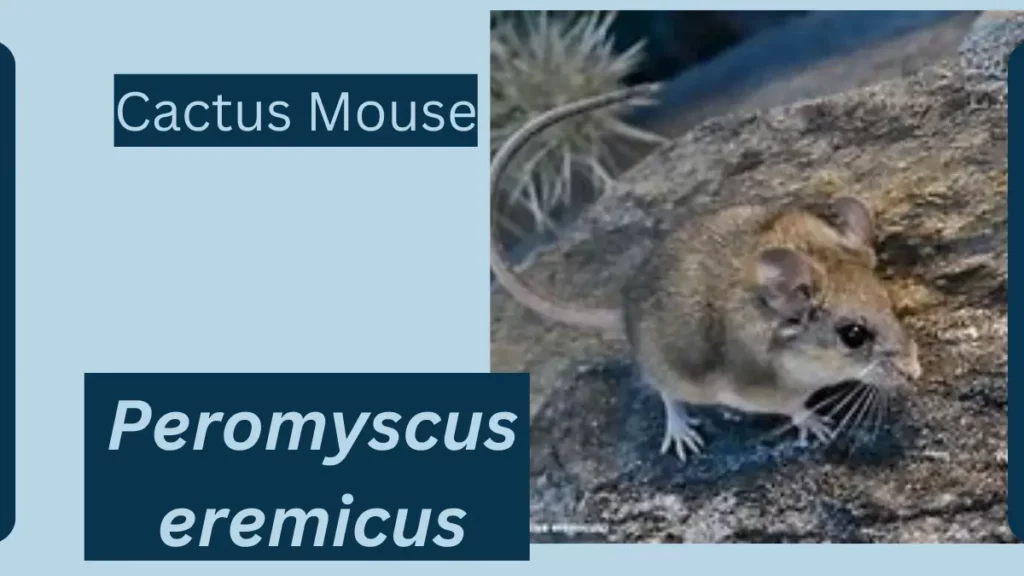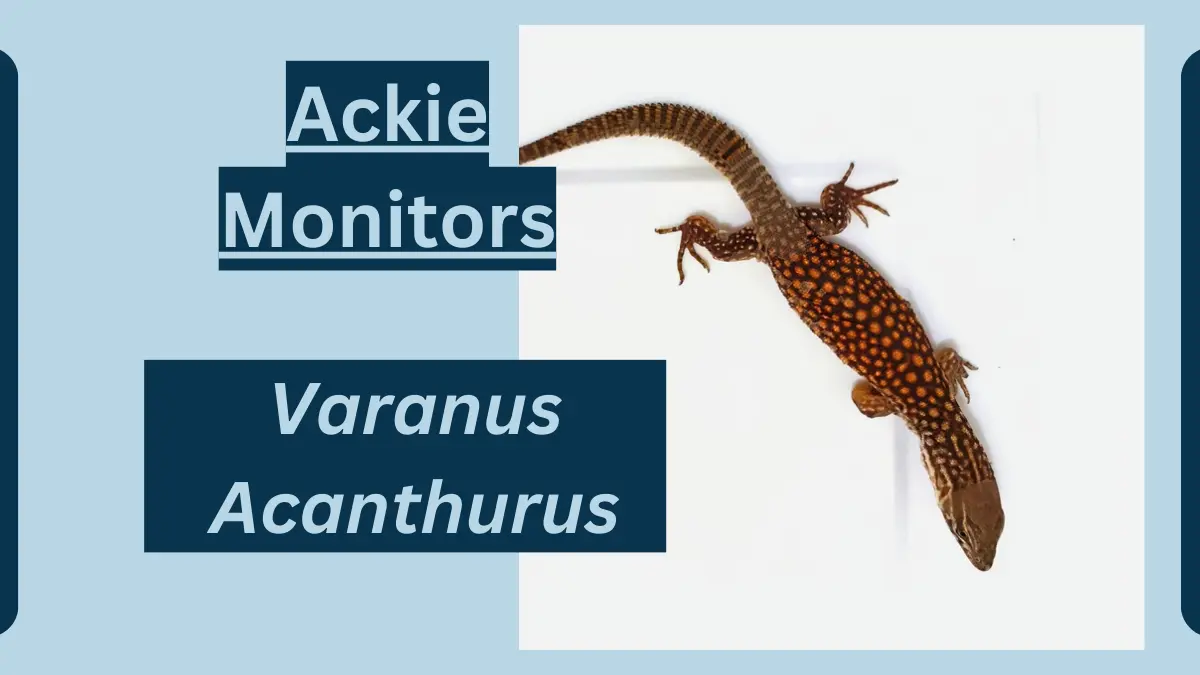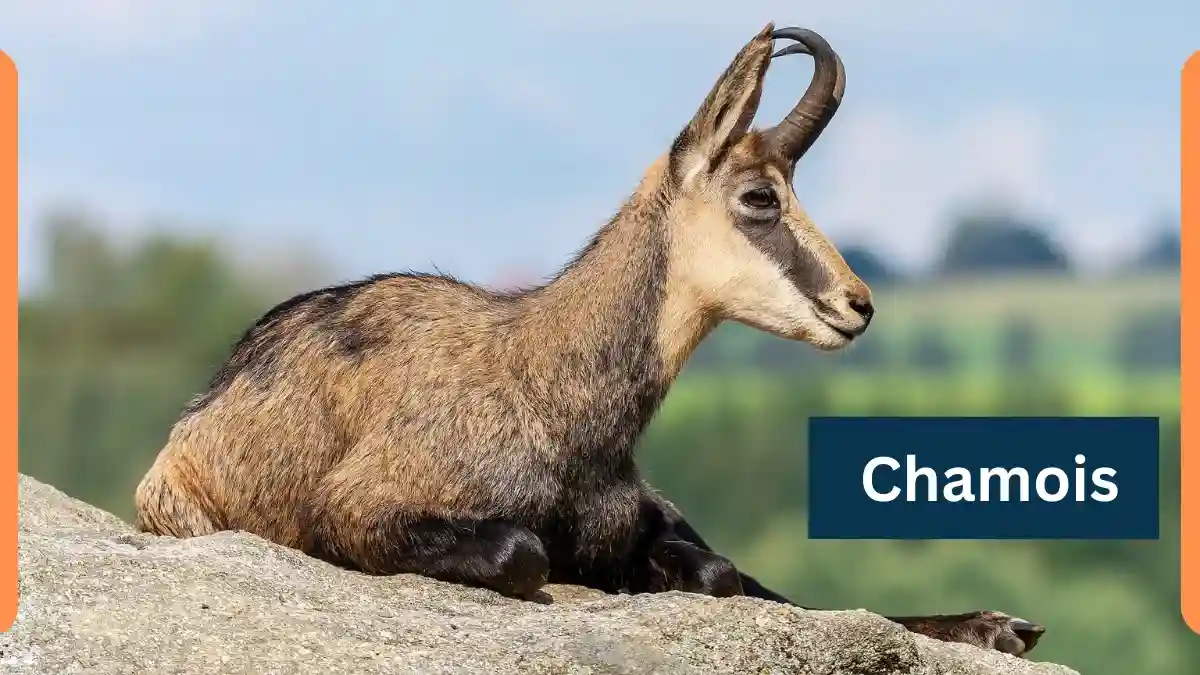Cactus Mouse Animal Facts | Peromyscus eremicus
October 21, 2023
The Cactus Mouse, scientifically known as Peromyscus eremicus, is a small rodent species native to North America, particularly found in arid and desert regions.

Cactus Mouse
Here’s some information about the Cactus Mouse:
| Topic | Information |
| Scientific Classification | Kingdom: Animalia |
| Phylum: Chordata | |
| Class: Mammalia | |
| Order: Rodentia | |
| Family: Cricetidae | |
| Genus: Peromyscus | |
| Species: Peromyscus eremicus | |
| Physical Appearance | Cactus Mice are small rodents with fur that varies in color, typically light brown or grayish-brown. They have relatively large ears and a slender tail. |
| Size and Weight | They are small in size, measuring about 3.5 to 4.5 inches (9 to 11.5 centimeters) in body length, with a tail that is nearly as long as their body. They weigh around 0.5 to 1.0 ounce (14 to 28 grams). |
| Distribution and Habitat | Cactus Mice are primarily found in arid and desert regions of North America, including parts of the southwestern United States and northern Mexico. They are well adapted to these harsh environments. |
| Behavior and Lifestyle | Nocturnal: Cactus Mice are primarily nocturnal, meaning they are most active during the night. |
| Omnivorous: They have an omnivorous diet, feeding on a variety of plant materials, seeds, insects, and other small invertebrates. | |
| Reproduction and Life Cycles | These mice can reproduce throughout the year, and females typically have multiple litters per year. The gestation period is around 24 to 26 days. |
| Predators and Threats | Common predators of Cactus Mice include owls, snakes, and various desert-dwelling predators. Their main threats are habitat loss and fragmentation due to human development. |
| Interesting Facts and Features | Adaptations to Arid Environments: Cactus Mice have several adaptations to cope with arid conditions, such as the ability to conserve water and survive on a limited water supply. |
| Seed Dispersers: They play a role in the ecosystem by aiding in the dispersal of seeds, which can contribute to plant diversity in arid regions. | |
| Relationship with Humans | Cactus Mice are not commonly kept as pets, and they have limited direct interaction with humans. They are primarily studied by researchers interested in desert ecology. |
| Conservation Status and Life Today | The conservation status of Cactus Mice is generally not a primary focus, but they may be impacted by desert habitat preservation efforts and conservation strategies aimed at preserving their arid habitats. |
File Under:







Leave a Reply